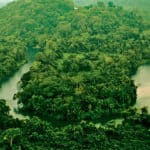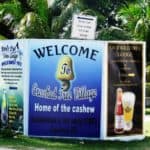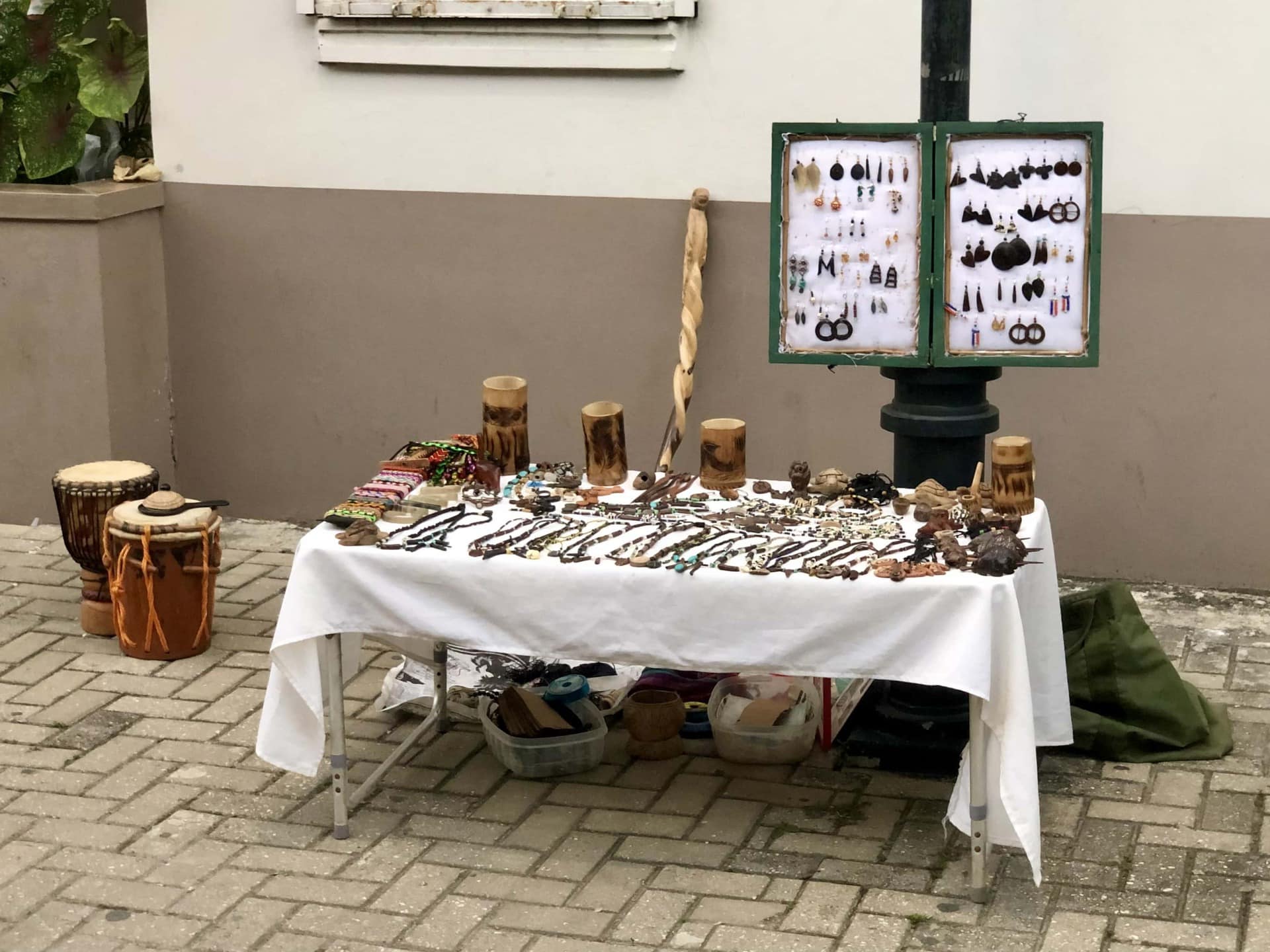I was sitting in a jungle clearing in the Chiquibul Forest Reserve. My companions had gone down to the river to bathe, leaving me alone. The undergrowth rustled and disembodied faces suddenly appeared, followed by sub-machine guns clutched in arms swathed in camouflage gear.
The Belize Defense Force soldiers (BDF) stared at me and I stared back. ‘Where have you come from?’ they asked. ‘From England,’ I replied. They looked surprised. ‘Where are you going?’ they wanted to know. ‘To Rio Blanco,’ I replied. They looked worried when I said that. ‘How old are you?’ they asked. I told them. They looked really worried then. ‘Why?’ they asked.
It was a good question – one I’d have plenty of opportunity to ask myself as I spent the next few days trekking back and forth across the ominous-sounding Devil’s Backbone. But the answer was that I was an author doing research in Belize for a novel for young teenagers on gap year volunteering. A number of years before my son, Idris, had returned from Belize utterly changed by his time in the country. Collecting him at the airport I hadn’t even recognized him. But I did recognize a good story waiting to be told.
Now finally, with Idris as my guide, and funded by the British Arts Council, I was in Belize myself. Our first couple of days were spent dodging hustlers in Belize City and chilling out on Caye Caulker, enjoying the sea breezes and acclimatizing to the heat. Then it was off to San Ignacio to meet the Trekforce people who were going to take us into Chiquibul to meet their volunteers.
I’d never been into a jungle before. I was a desk-bound English author who hated snakes and was very scared. I could scarcely believe that this was me being kitted out with mosquito net and Basha sheet, taught how to tie a hammock to a tree and warned about mud. There’d been a lot of rain in Chiquibul, apparently. Sometimes we’d be trekking through mud up to our knees.
In the end, though it wasn’t mud that did for me, it was the hills. Trekking over them with my heavy rucksack, I sometimes didn’t know how to carry on. It was worth it though to meet young volunteers, many straight from school, working to conserve the forest. They were proud of what they were achieving – and rightly too. Chiquibul is a treasure, but a treasure under threat.
One night, in particular, stands out above the rest. It was the first time I ever heard howler monkeys. The moon was full, shining down between the trees. I lay in my hammock surrounded by diamonds of light, which were the eyes of creatures watching me. In the distance, I heard what sounded like tormented souls in hell. The sound drew closer until it was high in the trees above my hammock – monkeys calling back and forth. I lay awake, mesmerized. The day’s trek had exhausted me, but I was desperate not to fall asleep.
It was the best night of my life – one I’ll never forget. Nor will I forget the Kekchi-Mayan culture who, later in my travels, welcomed Idris and me into their home like honored guests. Pablo, our host, was Alcalde of his village, Medina Bank. We sat up at night talking about Maya land rights and village life. Pablo’s father-in-law, Joseph, joined us one night and told us how he’d founded the village. He was a man of great dignity. His visit felt like royalty. ‘We are Mayan people,’ he said. ‘Before all the others came, we Maya were here. And now we’re here again, the Kekchi in Toledo District, the Maya-Mopan up around Cayo. Proud Mayan people. All of us.’
On our last night, Idris and I returned to Caye Caulker and enjoyed a farewell meal overlooking the mangroves at the Driftwood Resort. A ragged moon lit up the sea and when our host water-taxied us home electric rays swam around his boat. Two days later, Paul Nabor performed at Driftwood, and I missed it. It’s the only thing I regret. I remember hearing him for the first time on a CD in Crystal’s supermarket in San Ignacio, the wistful beauty of his voice beating out the rhythm of Belize.
All this happened three years ago, but I’ll never forget any of it. Before I left Belize, I interviewed a government official helping run the health program in the south of the country. So many cultures and languages, I said – was there a single defining characteristic that spoke for all these people of Belize?
The answer I got was hope. Belizean people were full of hope. ‘Whether for a better day, a better government or the chance to turn our fortunes round, it’s in our blood.’ That’s what the official said, and that’s what I saw for myself. All over Belize, wherever I went, that, more than anything else, is how I’ll remember Belize.





Very nice insight into Belize.